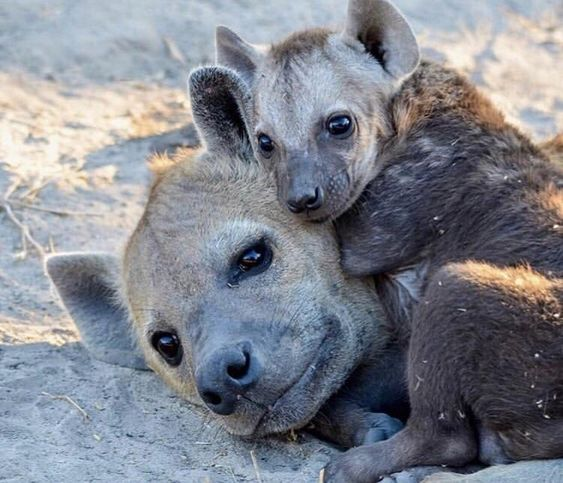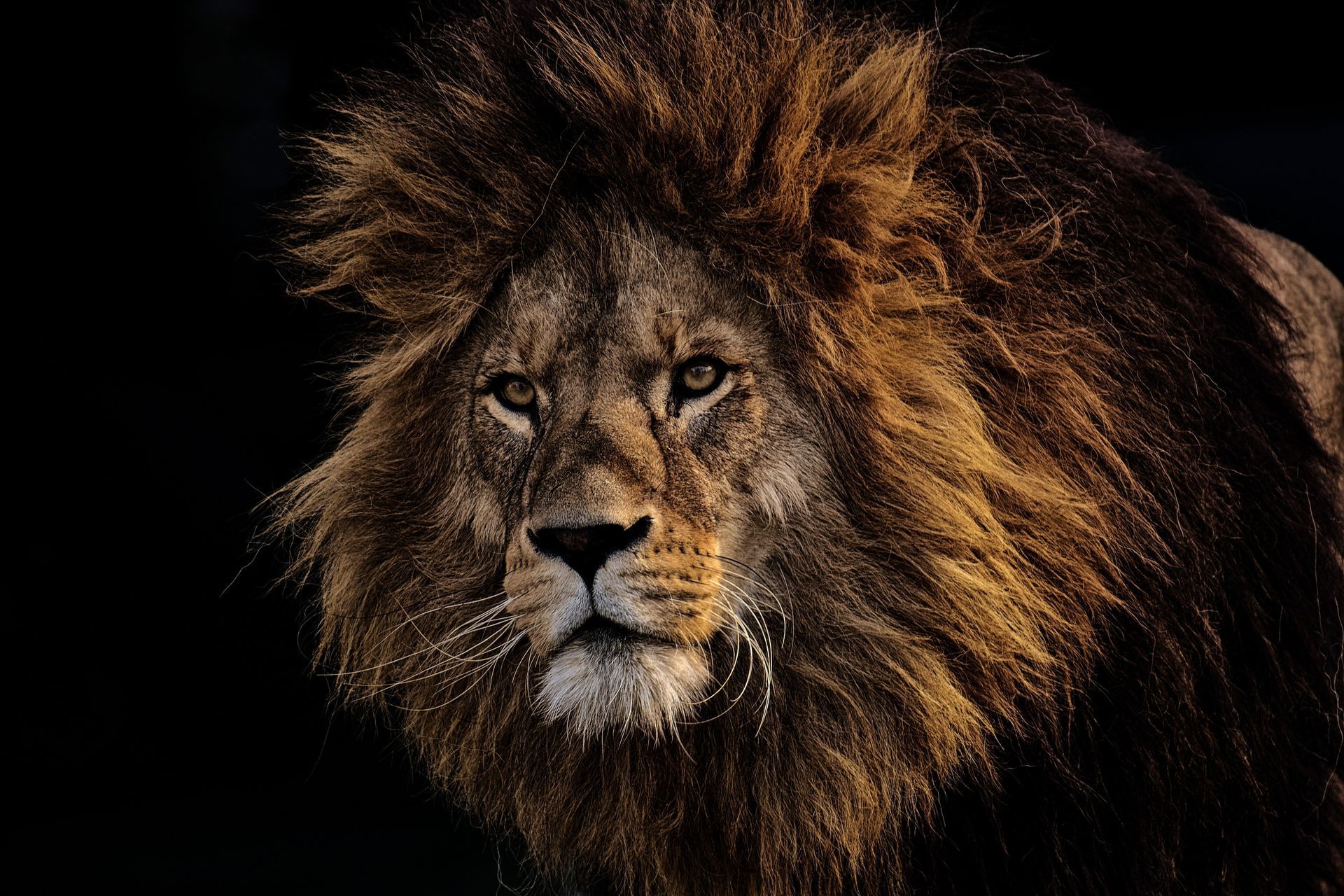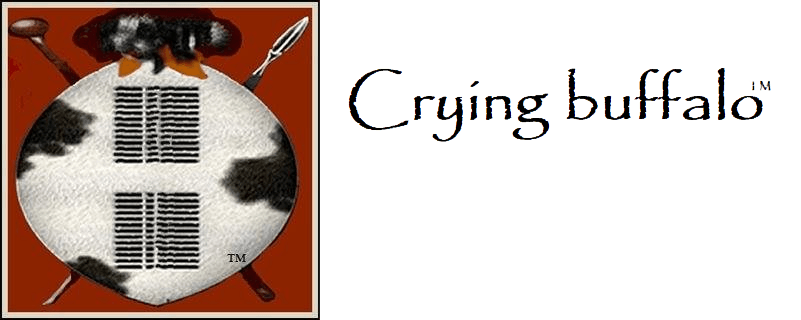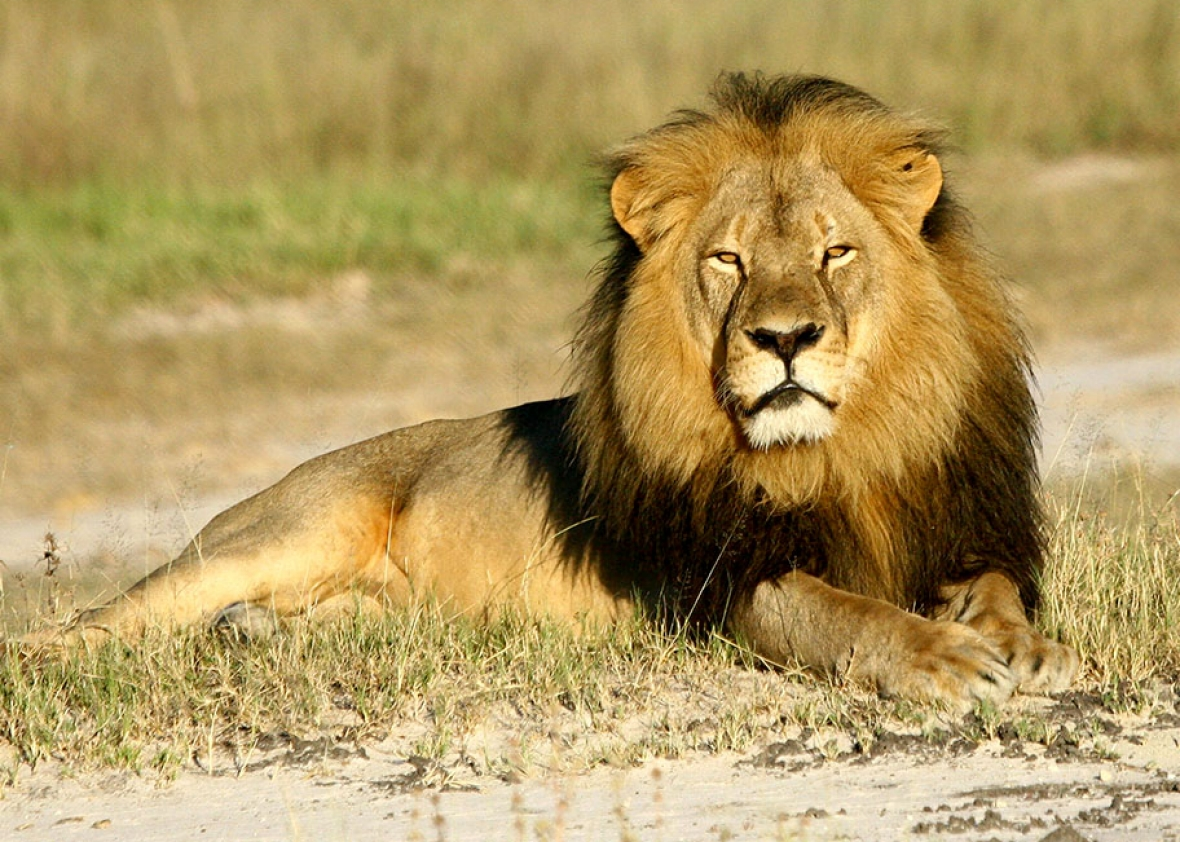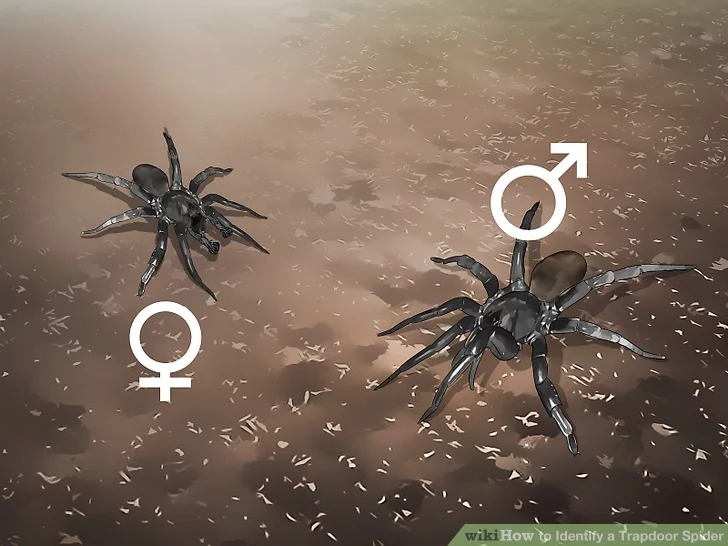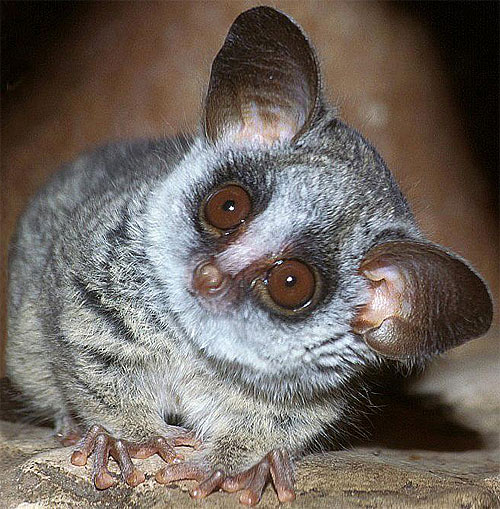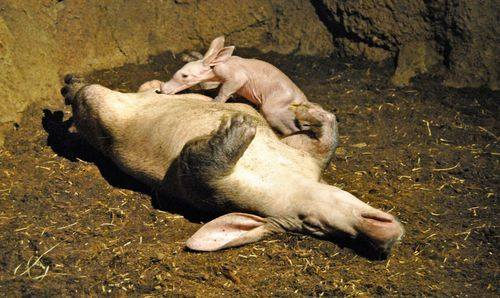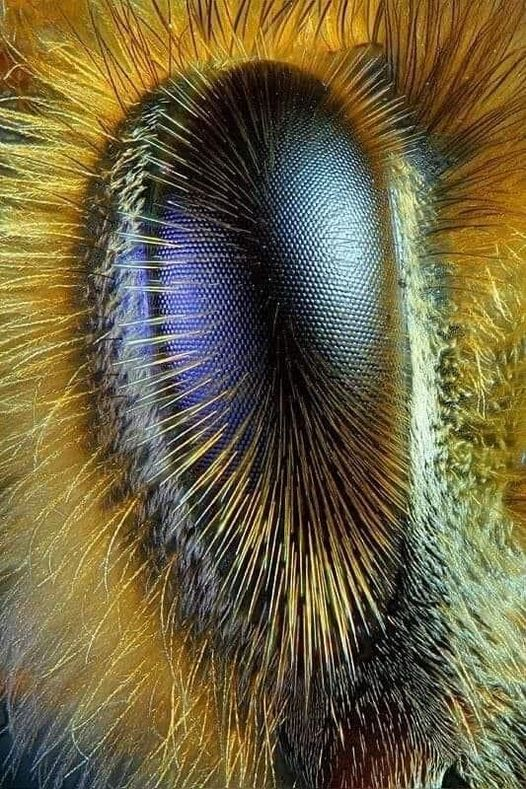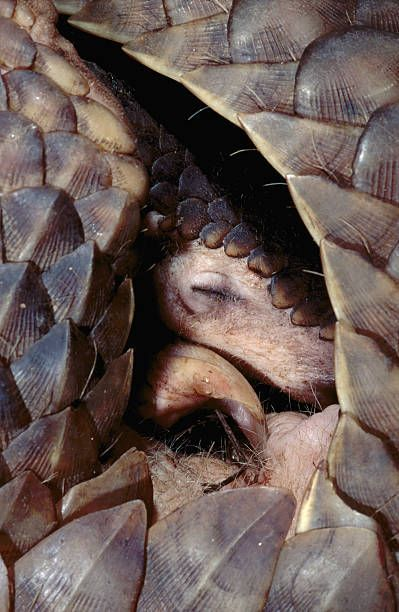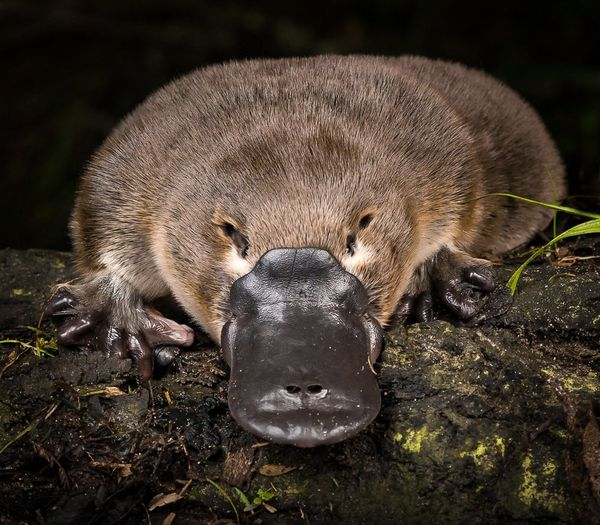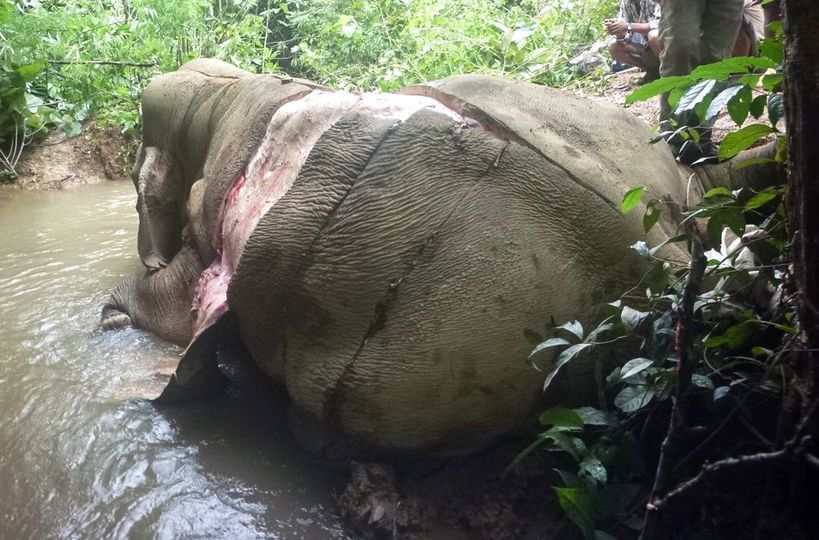War and the truly forgotten ones
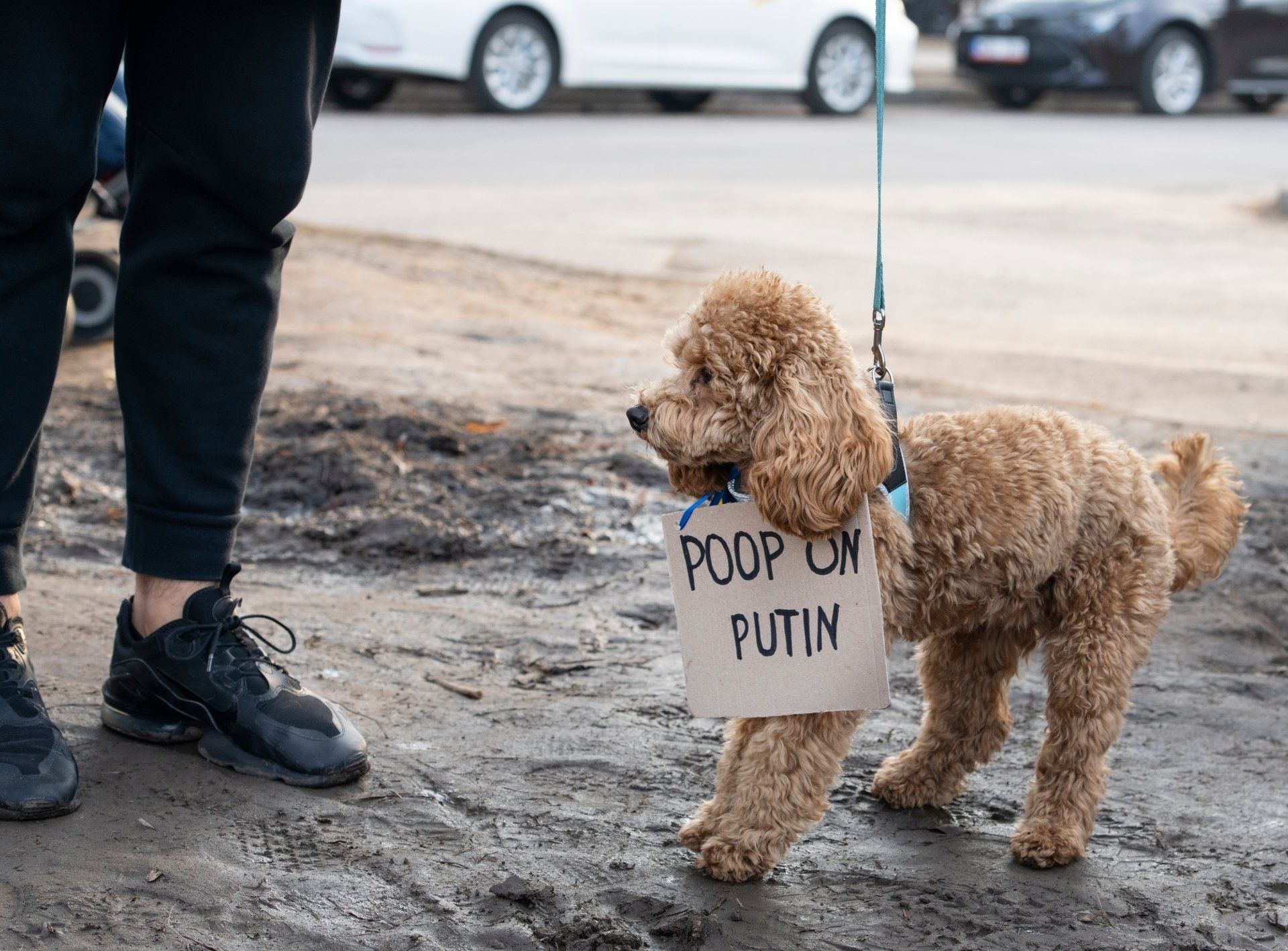
This is more of a personal blog entry – one of the millions flooding the internet every day. However, I will try to curb my personal feelings towards the ongoing conflict as I am located far from the actual fighting and strife, and cocooned in a cosy comfort zone. I am nowhere near the horrors of violent conflict so I really doubt my scribblings will create any positive impact – in fact, all I will accomplish is adding unwelcome litter to a serious situation. There are plenty of legitimate and credible war experts sharing their interesting findings and proven theories with the hungry public - yeah, that’s me (hungry public), so there’s no point me throwing in my 2 cents, but I will, however, write a little bit.
Like many people, I am completely hooked on the unfolding events in the Ukraine and Russian war – reading and watching the news every single day and well into the night. At first, I was gripped by the innocent victims. I still am. However, another sad feeling squirmed into my mind, and it’s settled there, growing larger and larger every minute. It can’t be ignored. This invasive mind parasite is an unwelcome visitor, but a visitor which demands attention and will not leave. It’s still early days; therefore, my mind still accepts its bold intrusion.
I am now focussed on the plight of the affected animals.
Wildlife populations are always forced into the forgotten and broken chair found at the back of the concert, or hall. Fauna and flora never fare well in war. Many of them are obliterated in these dire times, with little hope of recovery. I can understand and accept that. It’s sad, truthful and terrible, but acceptable. The confined wildlife in zoos and sanctuaries are struggling. Besides the human crisis, these animals suffer from the same crisis affecting innocent humans, like a shortage of food, water and other basics. They’re also cowering in fear and subjected to extreme noise and shocking events they don’t understand. Luckily, they still have brave keepers caring for them and feeding and watering them and importantly offering them much-needed physical comfort and shelter. However, time is not at all on their side and all that they are currently receiving will soon run out.
We have often witnessed emaciated and dying animals confined to barren and small cages after, and during, the later dates of war-torn zones. Those are often the end results we see, but here in Ukraine, there is still a chance – a chance where that awful and catastrophic result never takes hold. It is very much a result humanity must prevent.
I watch and read about refugees, and witness some of their suffering and anguish. Heart-wrenching stuff, but then I slowly became aware of something... what of the pets, the loving animals sharing their lives with their human family? At first, I saw none escaping with their humans. So, I did a bit of research and my sadness for the refugees hit a higher gear.
As an animal lover I would absolutely hate to be without my beloved pets and them without me. They’d never understand why I abandoned them. My life could never be separated from them. They give so much, and ask and expect so little. Not many humans even come close to showing that unconditional love. In the past, I have gone without eating for days, but always ensured my pets had all they needed and were comfortable mainly due to the free joy and love they so freely bestow upon me. It wasn’t a big sacrifice on my part. That’s the least I could do for them. So, yes, I would be one of those stubborn people choosing to remain with them and eventually dragged away by well-meaning authorities leaving my living treasures in the hands of shelters and the like. Entrusting them to take care of my vulnerable and precious babies.
I can imagine that happened, and is happening, to many Ukrainian refugees. Devastating, and that’s the kind of bad memory which never fades but grows bolder over time. An unforgettable experience, and not one of the good ones. They don’t need to be made aware of this (refugees), and I hope they’ll never read things like this.
The refugees face so much red tape and other nonsense regarding escaping with their pets, many fail to succeed in these painfilled endeavours. Smaller pets are easier to get out, but the larger ones, like big dogs, are forced into crammed shelters. Shelters where they face food and water shortages, never mind the constant bombardments raining down on them, causing the animal’s and keeper’s stress levels to break barriers.
Three young volunteers were very recently and purposefully targeted and killed by Russian armed forces as they bravely attempted to deliver food to one of these pet shelters where the starving animals hadn’t eaten for three days due to connecting bridges being blown up (not by the Ukrainians) and a barrage of heavy fire power. Now, what happens to those pets where their humans believed they’re well taken care of??
On a slightly different note, one of the world’s most expensive sport horses is a certain warmblood stallion kept on a stud farm with about 200 stud mares and foals being diligently cared for by tough and brave employees defying the odds. I bet there are a lot more in that country. Ever think about that side of the war?
